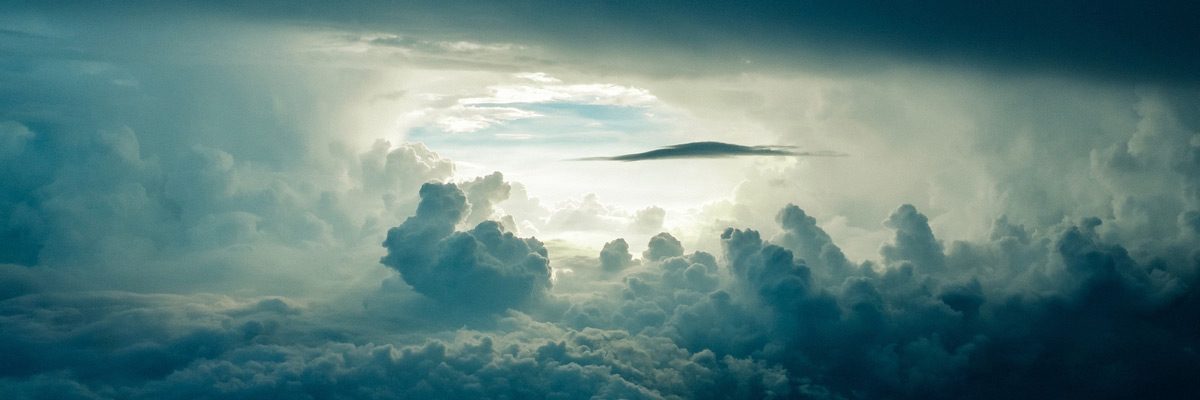Whatever. It is real rare that I do a Purely environmental post. Yes it is true if there is no food to eat, then there is no private housing market, thus no residential energy market. But man that is a stretch. Still fishing vessels use huge amounts of energy, at least the large commercial ones do, so they pollute the water as well as strip it bare.
The end of fish, in one chart
Posted by Brad Plumer at 08:00 AM ET, 05/20/2012
Want to see how severely we humans are scouring the oceans for fish? Check out this striking map from the World Wildlife Fund’s 2012 “Living Planet Report.” The red areas are the most intensively fished (and, in many cases, overfished) parts of the ocean — and they’ve expanded dramatically since 1950:
Between 1950 and 2006, the WWF report notes, the world’s annual fishing haul more than quadrupled, from 19 million tons to 87 million tons. New technology — from deep-sea trawling to long-lining — has helped the fishing industry harvest areas that were once inaccessible. But the growth of intensive fishing also means that larger and larger swaths of the ocean are in danger of being depleted.
Daniel Pauly, a professor of fisheries at the University of British Columbia, has dubbed this situation “The End of Fish.” He points out that in the past 50 years, the populations of many large commercial fish such as bluefin tuna and cod have utterly collapsed, in some cases shrinking more than 90 percent (see the chart to the right).
Indeed, there’s some evidence that we’ve already hit “peak fish.” World fish production seems to have reached its zenith back in the 1980s, when the global catch was higher than it is today. And, according to one recent study in the journal Science, commercial fish stocks are on pace for total “collapse” by 2048 — meaning that they’ll produce less than 10 percent of their peak catch. On the other hand, many of those fish-depleted areas will be overrun by jellyfish, which is good news for anyone who enjoys a good blob sandwich.
:}
Go there to see the graphs and maps and read. More tomorrow.
:}
